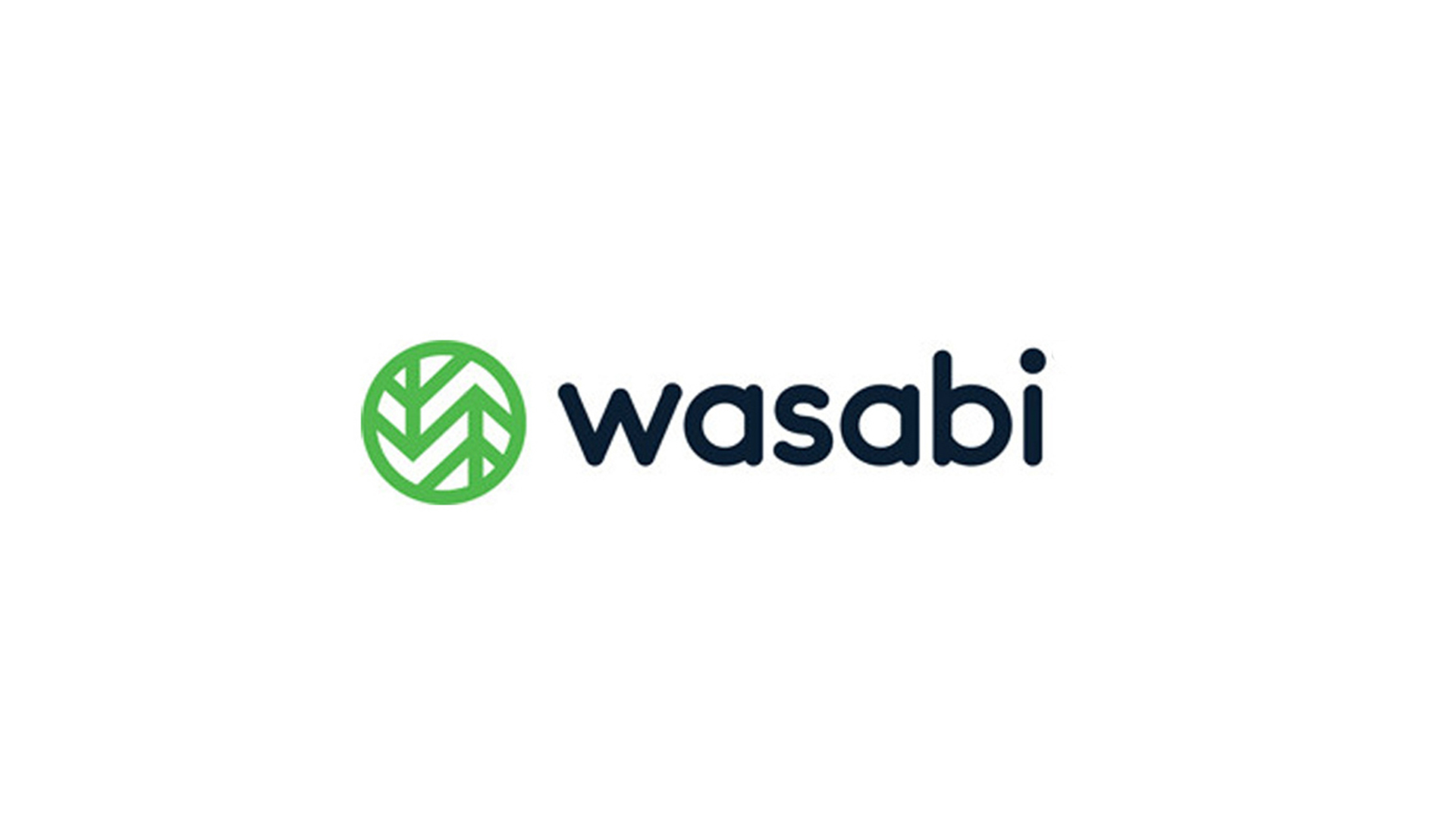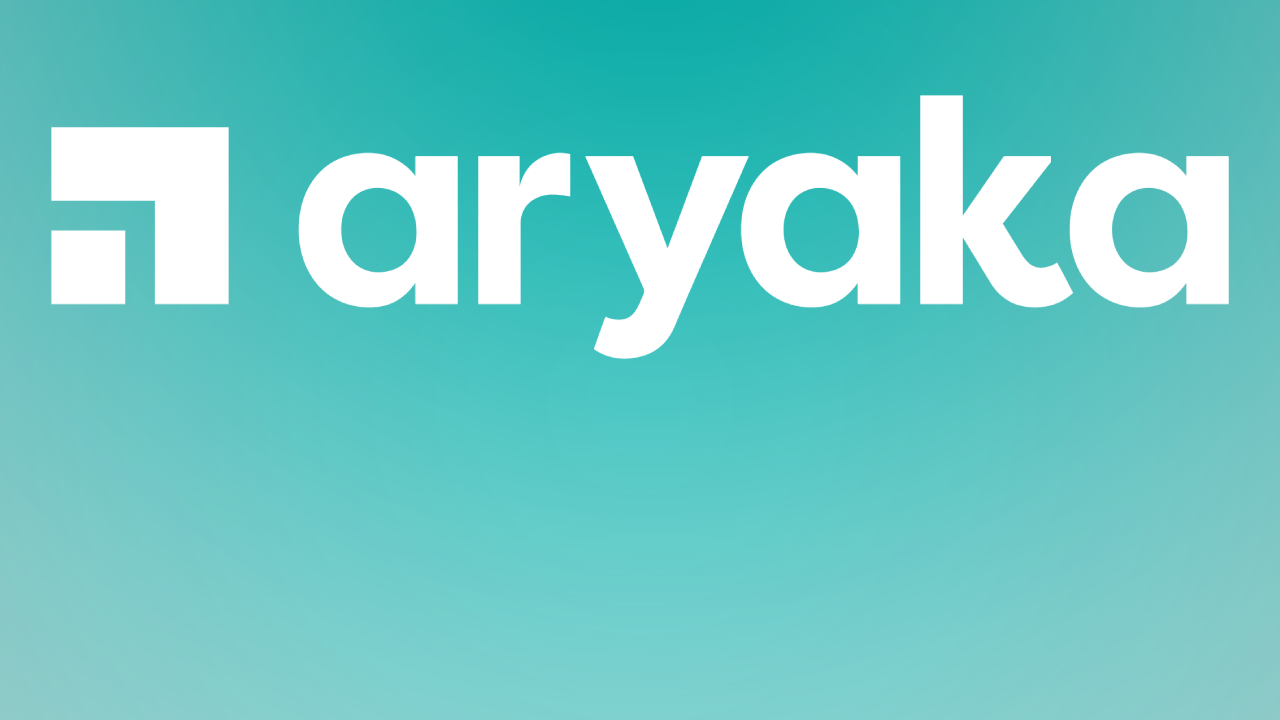Reaching out to underappreciated IT system administrators
The key lies in appealing to both their rational and emotional sides, argues Tom Bridge

This year saw the 22nd System Administrator Appreciation Day (SAAD) take place on 30 July. It’s the one day of the year celebrating everything a system administrator, or sysadmin, does for an organisation, from running IT services and keeping things secure to answering help requests. Following the pandemic, this year’s SAAD was also the ideal moment to say thank you.
For channel companies, sysadmins will probably represent one of the biggest groups of potential customers. Sysadmins have many things to deal with at any one time, and limited time and budget to spend across these areas. With little time to spare and so much to get done, getting a sysadmin’s attention in the first place can be difficult. To succeed in this market, you have to be clear on the value that any service you offer can provide.
Our research from earlier this year showed 61% of sysadmins thought they were paying for far more tooling around security and remote access than they needed. At the same time, 66% felt overwhelmed by supporting remote work. If your customer thinks they’re spending more on tooling than they need, then it should be a no-brainer opportunity. Helping customers consolidate, save money and make things easier for themselves should be an open door to a sale. However, while some sysadmins will want to take every opportunity to stretch their budgets, others will resist.
Getting into the mind of the IT sysadmin
For companies approaching sysadmins as customers, the key is to understand how these individuals value their time, and how they think about the tools they use. This will help you understand how sysadmins want to commit their time and when they might want somebody else to take over. This differs for each sysadmin. For example, areas like security will be personally interesting for some and they’ll want to put time there. For others, this will be something that they want to outsource to a service provider as much as possible. Finding out what areas individuals value, where they want to spend their time, and equally where they think they can do a better job with a partner is, therefore, essential.
To succeed, you have to focus on both the practical benefits and the emotional angle. For many IT professionals, the ability to cut costs or remove the need to use multiple tools should be an easy decision. However, if you’ve been using tools for a long time, then you’ll have some faith in them and – by extension – they will reflect on your professional ability. Removing these out will therefore incur more resistance. By understanding this – and by taking this concern seriously - you can be more successful in how you approach that prospect, and then build any migration or consolidation plans.
This is especially important if you provide managed services. For many sysadmins, how they work has evolved over time, and they might be using tools that they’ve always considered reliable. To replace those tools, you’ll have to not only talk a good game about cost savings or consolidating tools, but you’ll have to find people in the community ready to talk about their experiences. For service providers, in particular, getting customers to share some of those real-world details can reassure others that your approach can work for them too.
Preventing burnout
Given the hard work and many hours spent supporting remote workers, sysadmins may have also learned they can enjoy the difference they make in their jobs. This feeling of being valued is important; if your work makes a difference then it’s more likely you’ll put in more effort. Selling services that remove that effort is a tricky situation, therefore. If you offer to remove too much, then are you denigrating the work this person puts in? It’s better to think of such systems as a means by which you can help them keep up with the demands of their job and prevent them from burning out.
ChannelPro Newsletter
Stay up to date with the latest Channel industry news and analysis with our twice-weekly newsletter
Understanding that mindset, and what you can provide to support this approach, is essential. If you only try to negate the effort they put in, you may encounter barriers around the personal investment people put into their jobs. While they may be under pressure, they might still feel as if they’re making a difference to their organisation, and that they’re valued.
You can take one of two alternative approaches. The first is to show somebody how much more they can achieve by using a new service, for example, by automating many standard processes. It’s possible to help sysadmins improve the service they provide to the business by removing manual tasks from their workload, which would, in turn, afford them more time to spend elsewhere.
The second approach is to make the results something the sysadmin drives for themselves. Rather than being the solution to a problem, you can help the sysadmin build their own solution; essentially, you can provide the blueprint and the tools that inform their own approach to improve things within their organisation.
Sysadmins are at the forefront of how organisations run and organise IT. Helping them be more efficient with their time provides a greater opportunity to market services, but it’s not as simple as trying to replace the tools they use and trust. Dealing with pain points like identity management, remote work and cloud is key to understanding how sysadmins like to work and how they like to plan ahead.
Tom Bridge is principal product manager for Apple at JumpCloud
-
 Selling on outcomes, not solutions – how the channel can improve sales success in 2025
Selling on outcomes, not solutions – how the channel can improve sales success in 2025Industry Insights The traditional solutions-led approach to channel sales needs to be adapted – here’s how
By Phil Skelton
-
 Wasabi Technologies promotes Jon Howes to SVP of global sales
Wasabi Technologies promotes Jon Howes to SVP of global salesNews The industry veteran will lead the cloud storage firm’s global sales operations as it looks to further growth
By Daniel Todd
-
 Why technology resellers are essential to UK government
Why technology resellers are essential to UK governmentIndustry Insight Technology resellers can play a pivotal role in supporting public sector digital transformation
By Sean Collins
-
 How the channel can maximize market opportunities for business growth
How the channel can maximize market opportunities for business growthIndustry Insight Adapting to emerging technology trends, fostering closer client relationships, and building a strong online presence will be key to maximizing channel growth
By Anton Shelepchuk
-
 Understanding the customer journey is key to building stronger client relationships
Understanding the customer journey is key to building stronger client relationshipsIndustry Insight Understanding the complexities of the modern customer journey will be key to fostering robust, long-term relationships with clients
By Tony McNish
-
 Building channel resilience in 2023 and beyond
Building channel resilience in 2023 and beyondIndustry Insight Building a resilient, robust channel ecosystem could be key to weathering current economic trends
By John Nolan
-
 Veritas bolsters partner program with new incentives and rewards
Veritas bolsters partner program with new incentives and rewardsNews A simplified channel platform process will enable partners to focus on their core strengths in FY24, the company says
By Daniel Todd
-
 New Aryaka reseller program offers up to 35% deal margins
New Aryaka reseller program offers up to 35% deal marginsNews The SD-WAN and unified SASE specialist is aiming to “reignite” its reseller partnerships
By Daniel Todd

